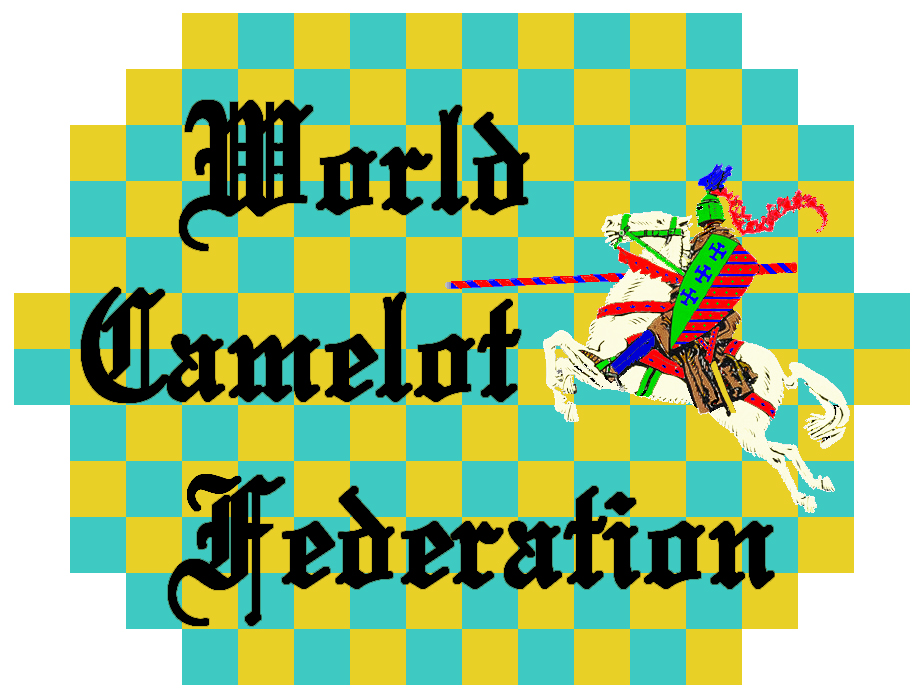In 1882,
George S. Parker began work on an abstract strategy board game named Chivalry.
His goal was to invent a game not so difficult as Chess, but considerably more
varied than Checkers. Parker created a game that was a tactically
complex, but easily learned and quickly played mixture of American Checkers
(British Draughts) and Halma (Chinese Checkers). When finally published by
Geo. S. Parker & Co. in 1887 (and then by Parker Brothers in 1888), Chivalry won
the raves of Chess and Checkers experts, but the game that Parker called "the
best game in 2,000 years" did not catch on quickly with the general public.
Parker never
lost his enthusiasm for the game, though, and in 1930 he made a few changes to
the game, and Parker Brothers
The World
Camelot Federation, an international non-profit organization, was formed in 1999
in an attempt to preserve and popularize this wonderful old game. The WCF
has clarified and modified a few rules. The WCF Website was created in
2000. The variants of Camette, Tri-Camelot, Cam 3-D, Anti-Camelot, and Grand Cam have been
introduced in recent years.
